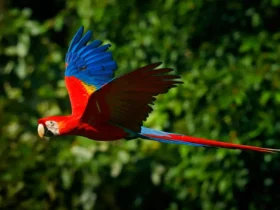Perched along the tranquil waterways of Southeast Asia, the Stork-Billed Kingfisher (Pelargopsis capensis) reigns as a regal predator of the rivers and mangroves. With its vibrant plumage and distinctive bill, this magnificent bird captures the imagination of birdwatchers and nature enthusiasts alike. Join us as we embark on a journey to explore the captivating world of the Stork-Billed Kingfisher.
The Stork-Billed Kingfisher is widely distributed across the tropical regions of South and Southeast Asia, including countries like India, Thailand, Malaysia, and Indonesia. This large kingfisher species derives its name from its impressive bill, which resembles the beak of a stork, featuring a long, thick, and slightly curved structure. Its striking plumage showcases a combination of vivid colors, with a deep blue head, neck, and wings, contrasting against a warm orange belly and breast.
Stork-Billed Kingfisher images
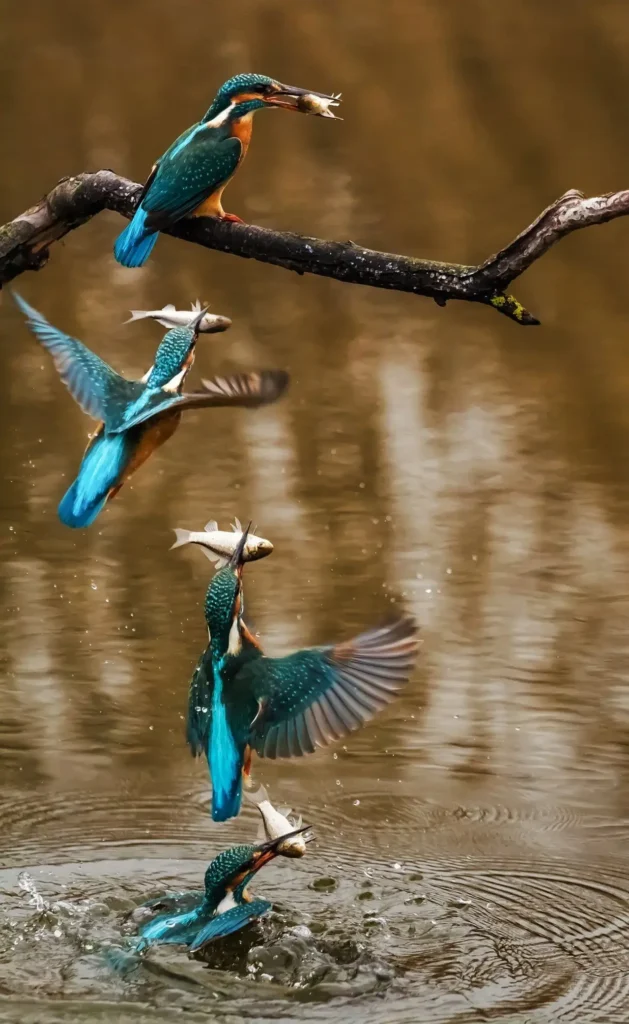
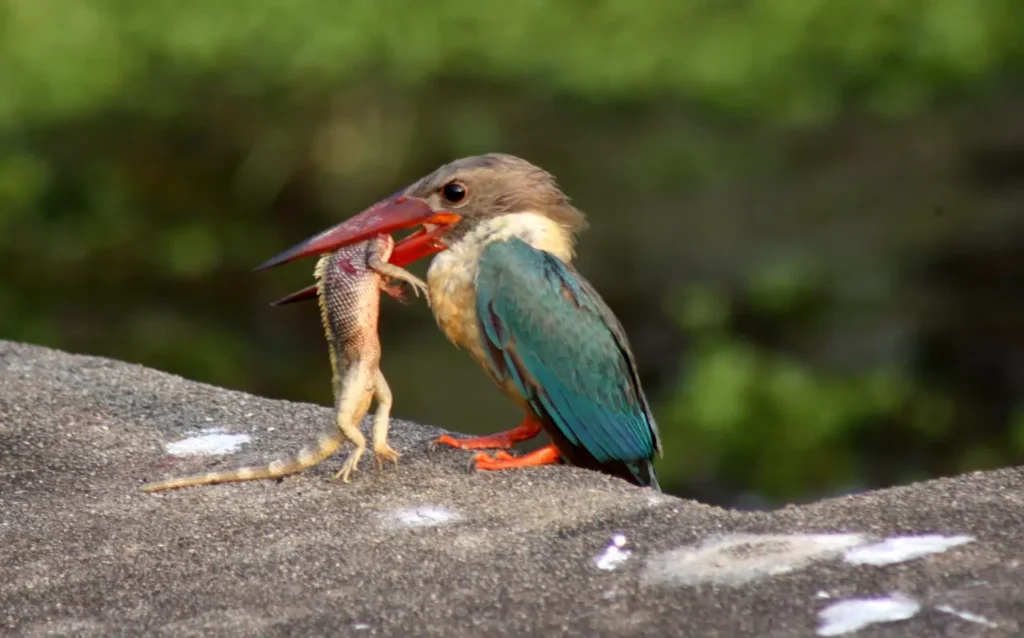

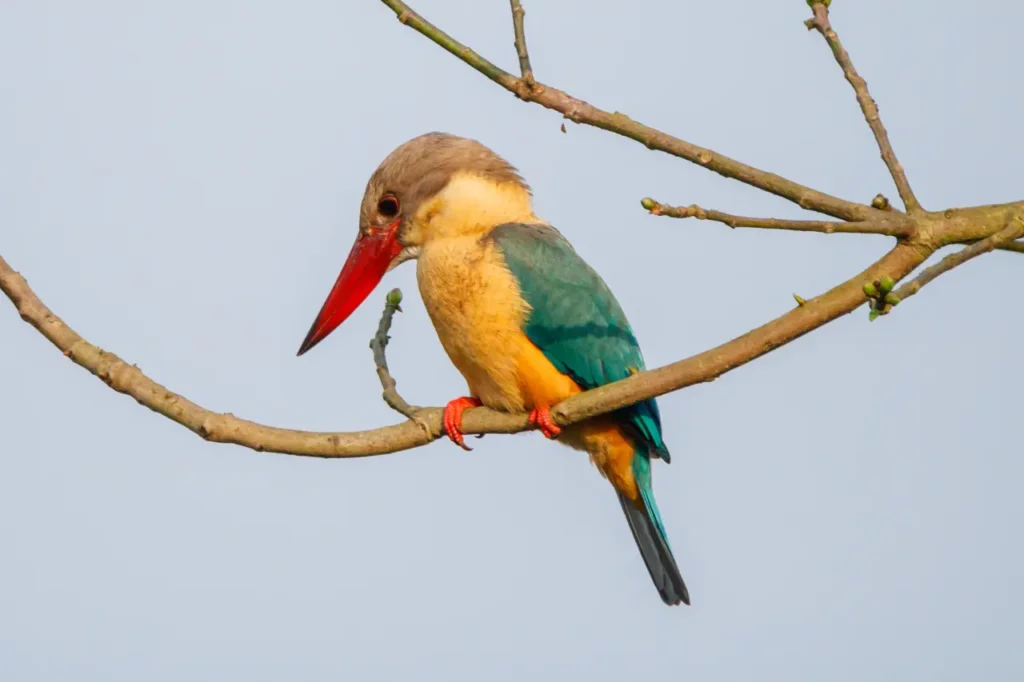














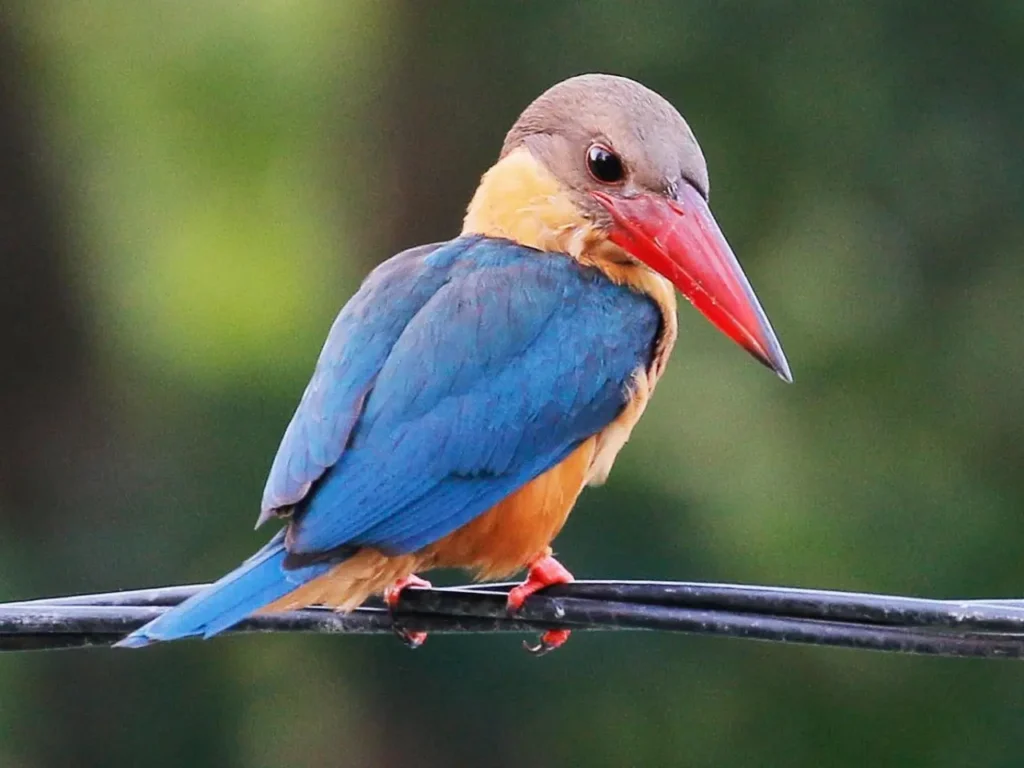
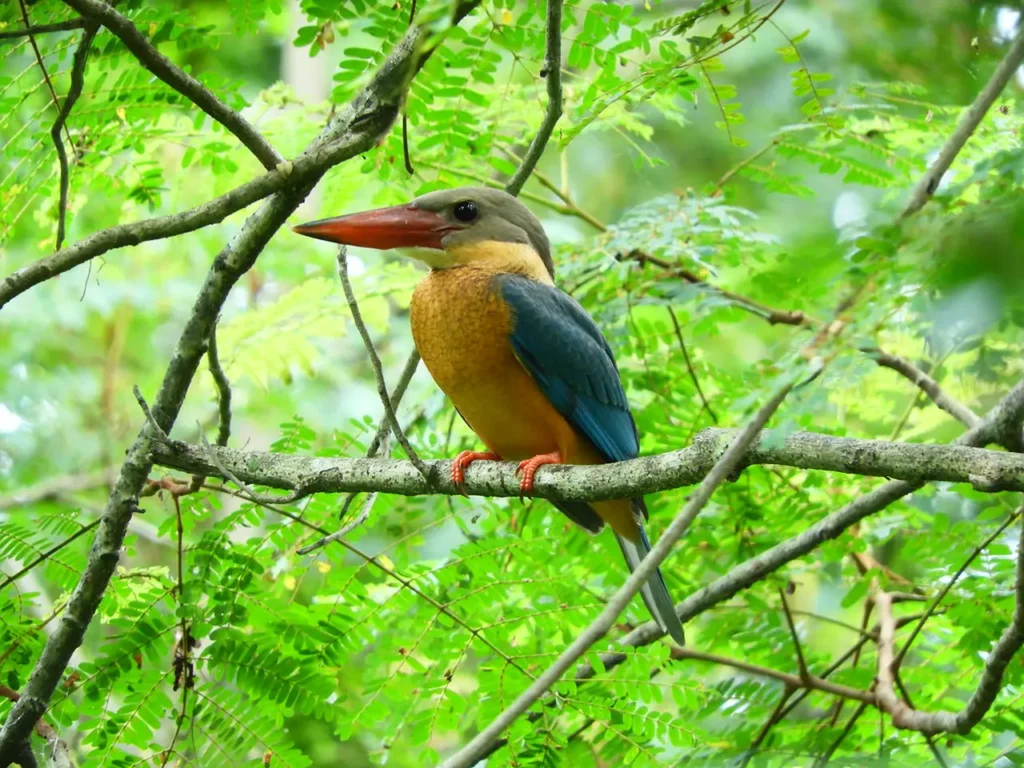






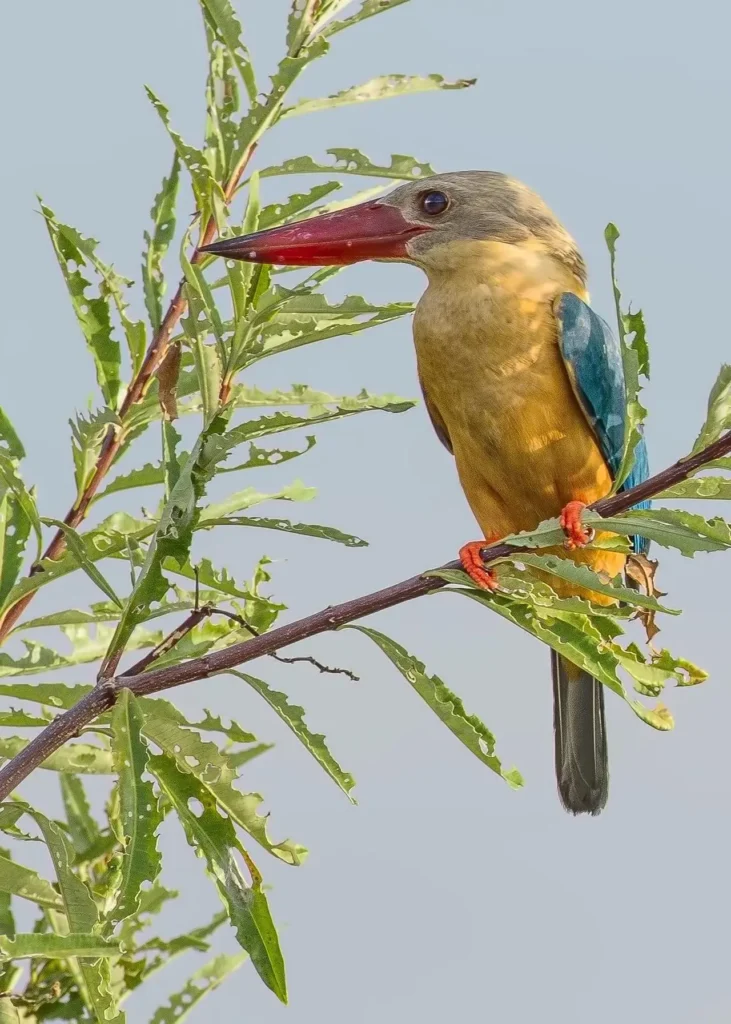

Facts about Stork-Billed Kingfisher
Living near bodies of water, such as rivers, lakes, ponds, and mangrove forests, the Stork-Billed Kingfisher possesses exceptional fishing skills. It perches patiently on a branch or a snag, keenly observing the water below. Once it spots its prey, it swiftly dives into the water with a powerful splash, seizing small fish, crustaceans, and other aquatic creatures with its strong beak. Its hunting technique is precise and efficient, making it an apex predator in its habitat.
The Stork-Billed Kingfisher’s call is just as remarkable as its appearance. Its loud and distinctive voice echoes through the tropical landscapes, resembling a series of rattling or cackling notes. These vocalizations serve as territorial calls to establish and defend their hunting grounds. The kingfisher’s calls are often heard during the breeding season when males attract females with their melodious songs.
During courtship displays, the male Stork-Billed Kingfisher showcases its vivid plumage, engaging in impressive aerial acrobatics and fluttering displays to woo potential mates. Once a pair forms a bond, they work together to construct their nest. Nesting sites are typically chosen in tree cavities, termite mounds, or even abandoned buildings near water bodies. The female lays a clutch of 2-4 eggs, and both parents take turns incubating them until they hatch. Once the chicks emerge, the parents tirelessly provide them with food, regurgitating small fish and insects to nourish their growing brood.
Conservation efforts are crucial to protect the Stork-Billed Kingfisher and its habitat. Loss of wetland habitats, pollution, and disturbance caused by human activities pose significant threats to its populations. Preserving and restoring wetlands, promoting sustainable fishing practices, and raising awareness about the importance of these ecosystems are key steps in safeguarding the future of this magnificent species.
Encountering the Stork-Billed Kingfisher in its natural habitat is a truly awe-inspiring experience. Its vibrant colors, impressive hunting prowess, and melodious calls paint a picture of nature’s beauty and resilience. By appreciating and protecting the Stork-Billed Kingfisher, we contribute to the conservation of its habitat and the preservation of these enchanting avian wonders for generations to come.
